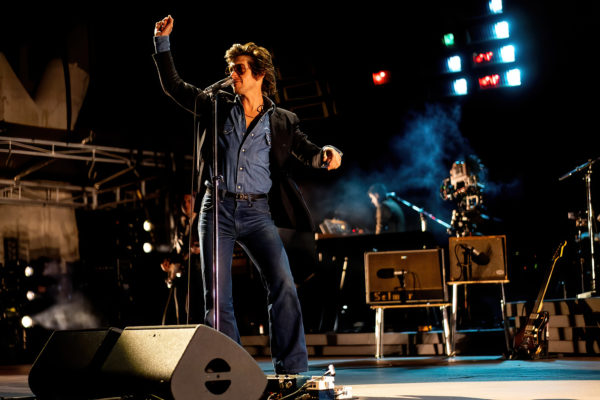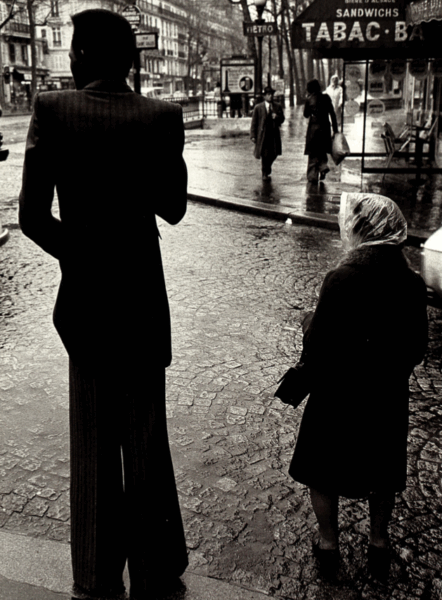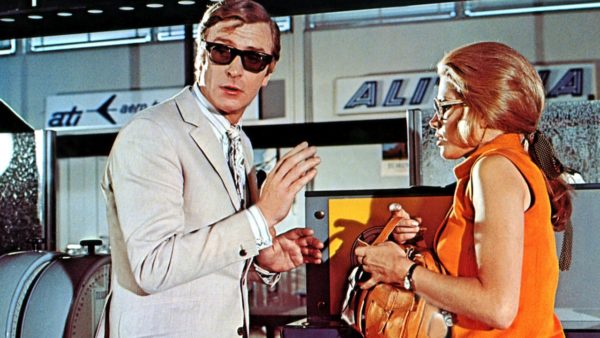The car coat begins in dust. Open-top cars. Unpaved roads. The car is a new machine, full of promise and peril. The driver is exposed to the weather and dressed for function. Heavy, full-length coats in tweedwoolen fabric, more or less rustic, woven with multicolored More, fur, leather. Gloves. Goggles. Linennatural vegetable fiber of great solidity resulting from the More in summer, alpaca in winter. This was not fashion. It was necessary equipment.
But style has a way of infiltrating the practical. The coat shortened as technology advanced and travelling in cars made wearing longer coats unpracticable. Mid-thigh length became the standard. Easier to move in. Easier to live in. Easier to drive in. Its silhouette was borrowed from the military jeep coat but civilianised and simplified. A horizontal seam across the chest. Room in the sleeves. Freedom in the body and no excess fabric around the legs.
By the 1950s, the car coat was no longer only about the car. It was about a kind of life which the car had made possible. Utility wrapped in subtle elegance. Suede, gabardinewool or cotton fabric with a very slanted diagonal rib on th More, poplin versions of the car coat became fashionable even for those who did not drive. Worn over knitwear. Worn with the intention to send a message to the onlooker. In Britain, it came to define the “weekend style” and symbolised the status of a car owner––whether one possessed a car or not.
Then came Britpop. The coat, again, found the street. Found the stage. Weller, Albarn, Gallagher. The Mods of Camden reimagined the car coat for the ’90s. The car coat––often in Camel coloured cottonnatural cellulosic textile fiber constituting the seminal ha More canvasthe tailor's cloth, placed between the lining and the outer More or gabardine––became minimal, detached, direct. It had none of the self-consciousness of fashion. That was the point. Burberry even named its mid-length, single breasted mac after the London Borough of Camden.
The minimal, direct, no-nonsense appeal of the car coat remains. It is practical, yes. But that isn’t why it survives. It’s the proportions. The restraint. The easy masculinity with which many women could agree and play themselves. The way it moves—with you, not around you. This is not a coat for great spectacle, but for pace. For travel. For pause. A shape that never quite leaves the road, even when we do.
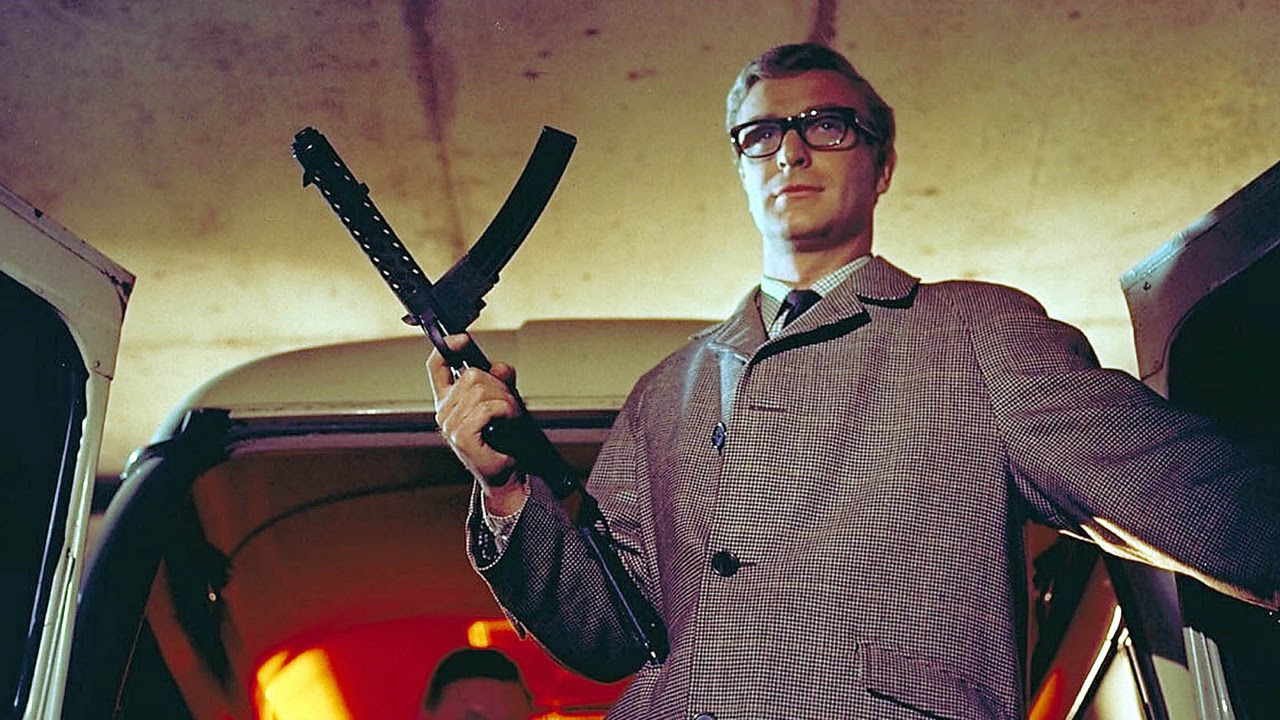
CAINE, Michael, act., FURIE, Sidney, dir. THE IPCRESS FILE, 1965.
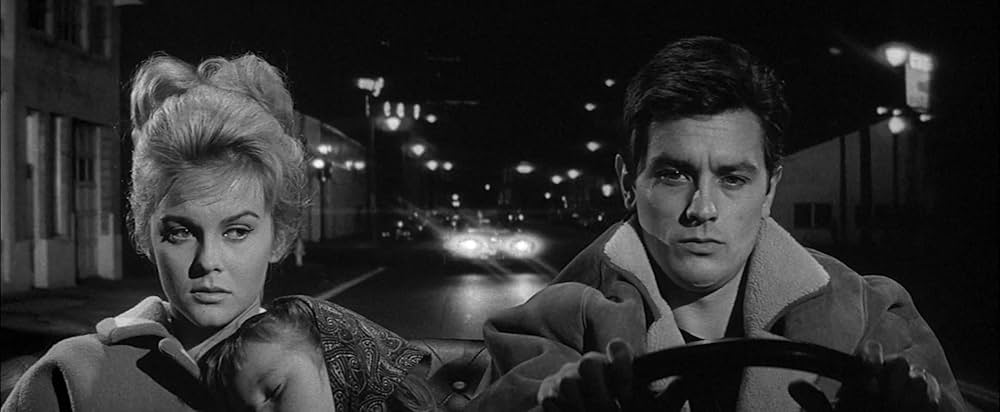
DELON, Alain, act., MARGRET, Ann, act. NELSON, Ralph, dir. ONCE A THIEF, 1965.
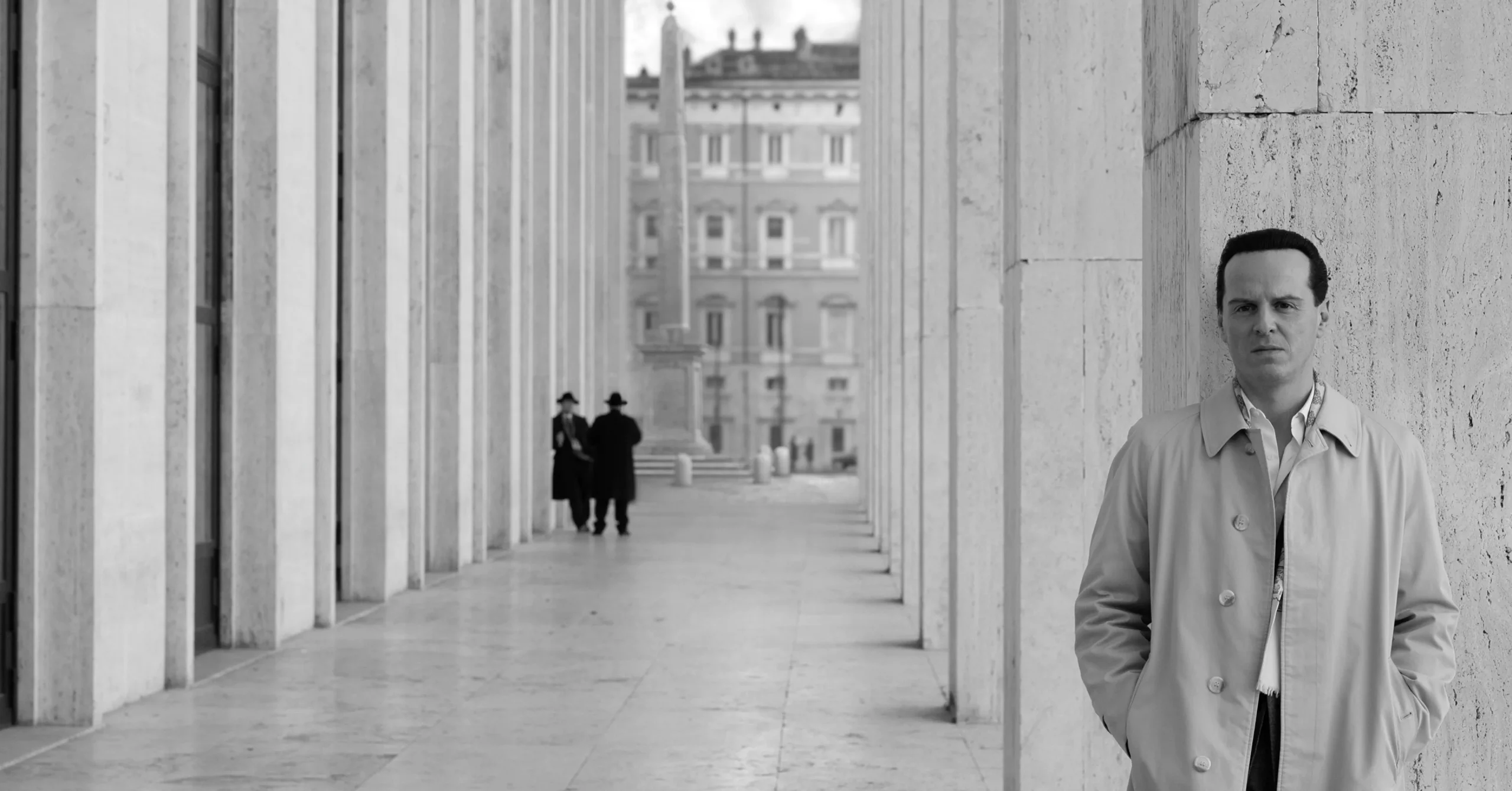
Highlight_SCOTT, Andrew, act., ZAILLIAN, Steven, dir. RIPLEY, 2023.
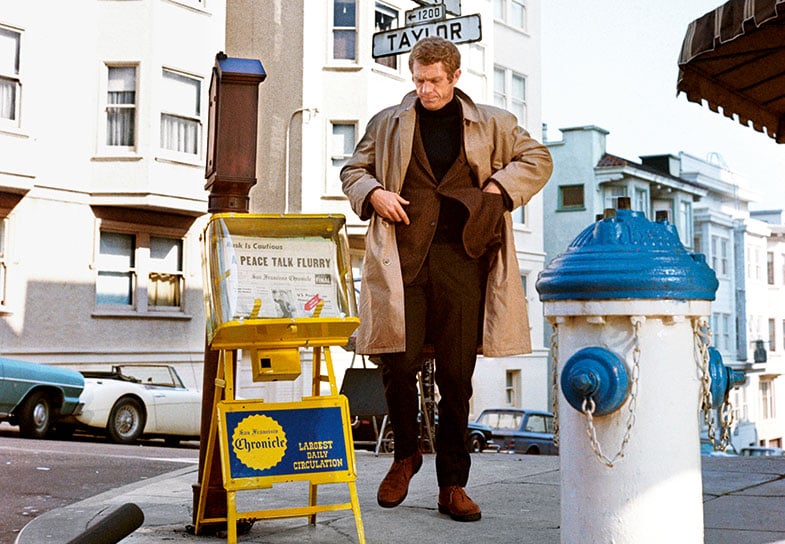
MCQUEEN, Steve, act., YATES, Peter, dir. BULLIT, 1970.
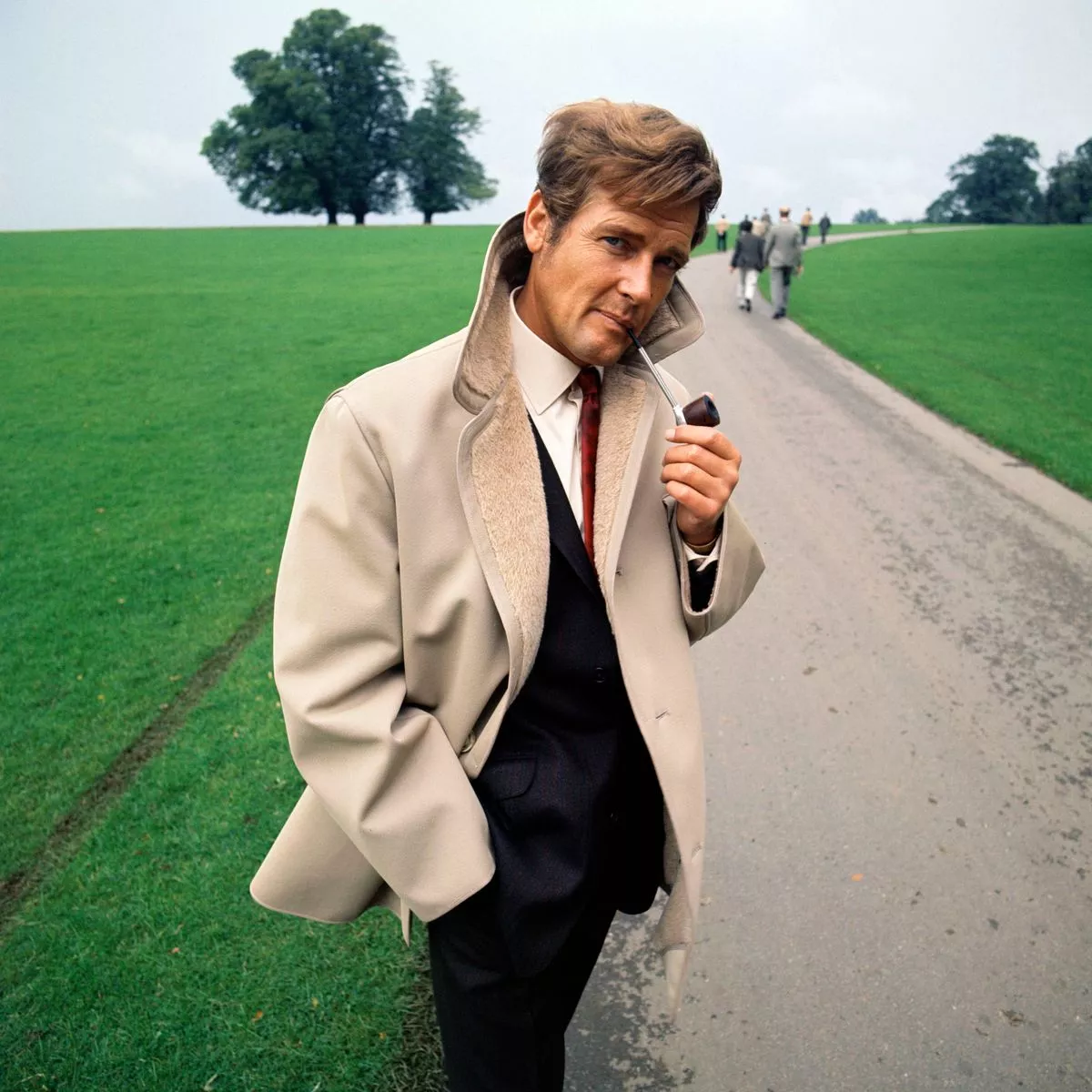
MOORE, Roger, act. England, ca. 1970.
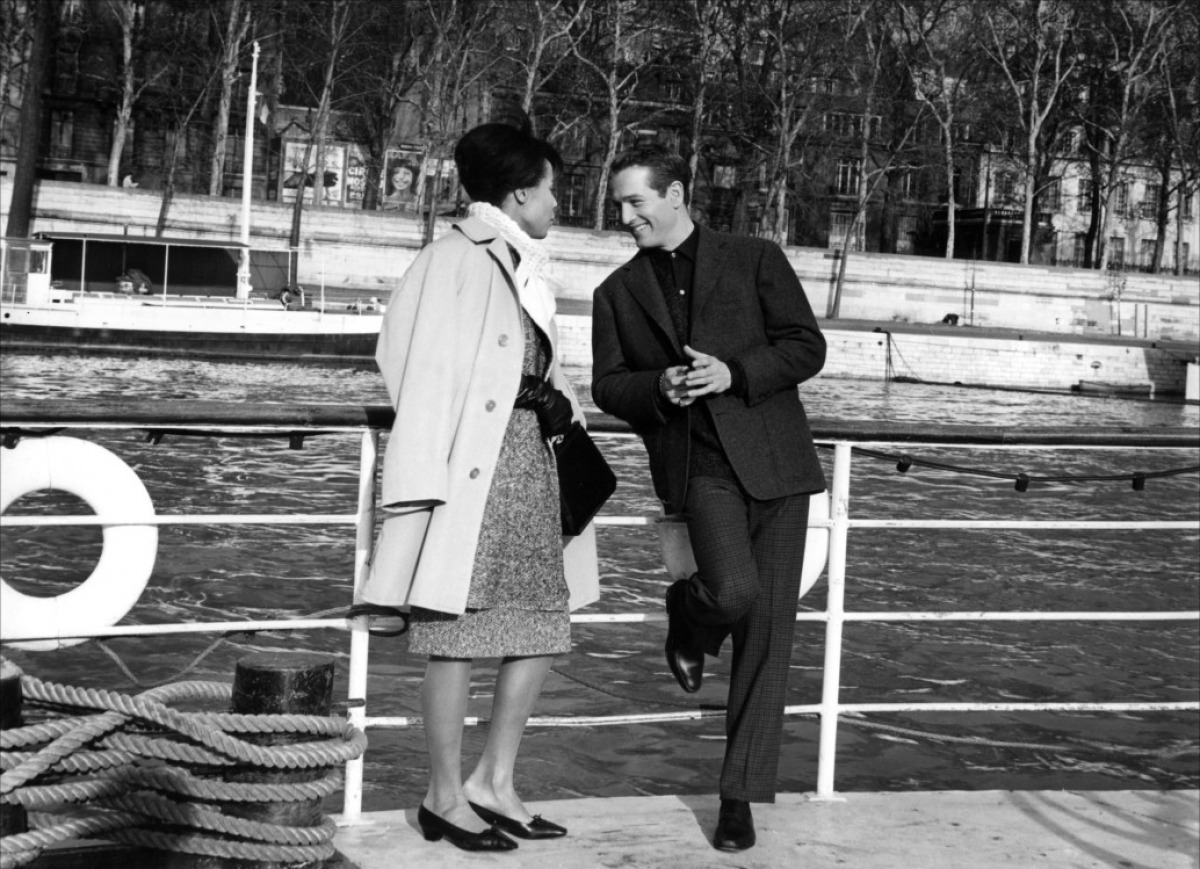
NEWMANN, Paul, act., CARROLL, Diahann, act., RITT, Martin, dir. PARIS BLUES, 1961.
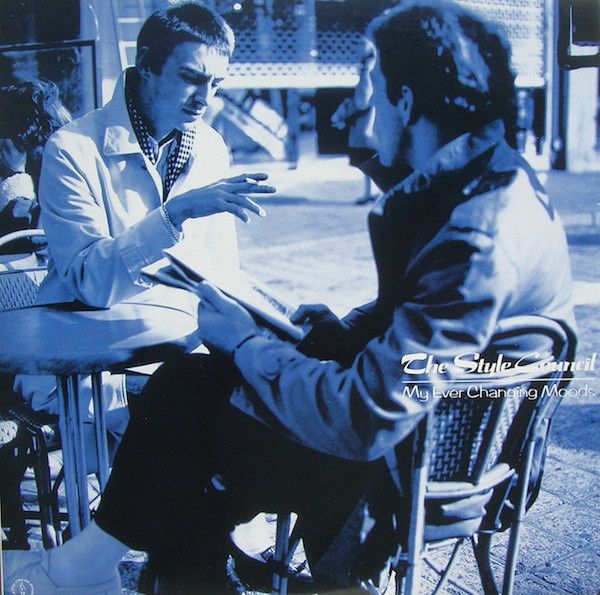
WELLER, Paul, musc., TALBOT, Mick. musc. THE STYLE COUNCIL. My Ever Changing Moods, 1984.
- The Canadian Tuxedo
- The Car Coat « Weekend style with quiet confidence—the car coat speaks without spectacle. »
- A HISTORY OF MEN’S FASHION« Chenoune shows how menswear shifts between fashion and function, individuality and universality—a history that never ends. »
- COTTON« Soft, but with weight. Relaxed, but never shapeless. It carries memory in its creases. »
